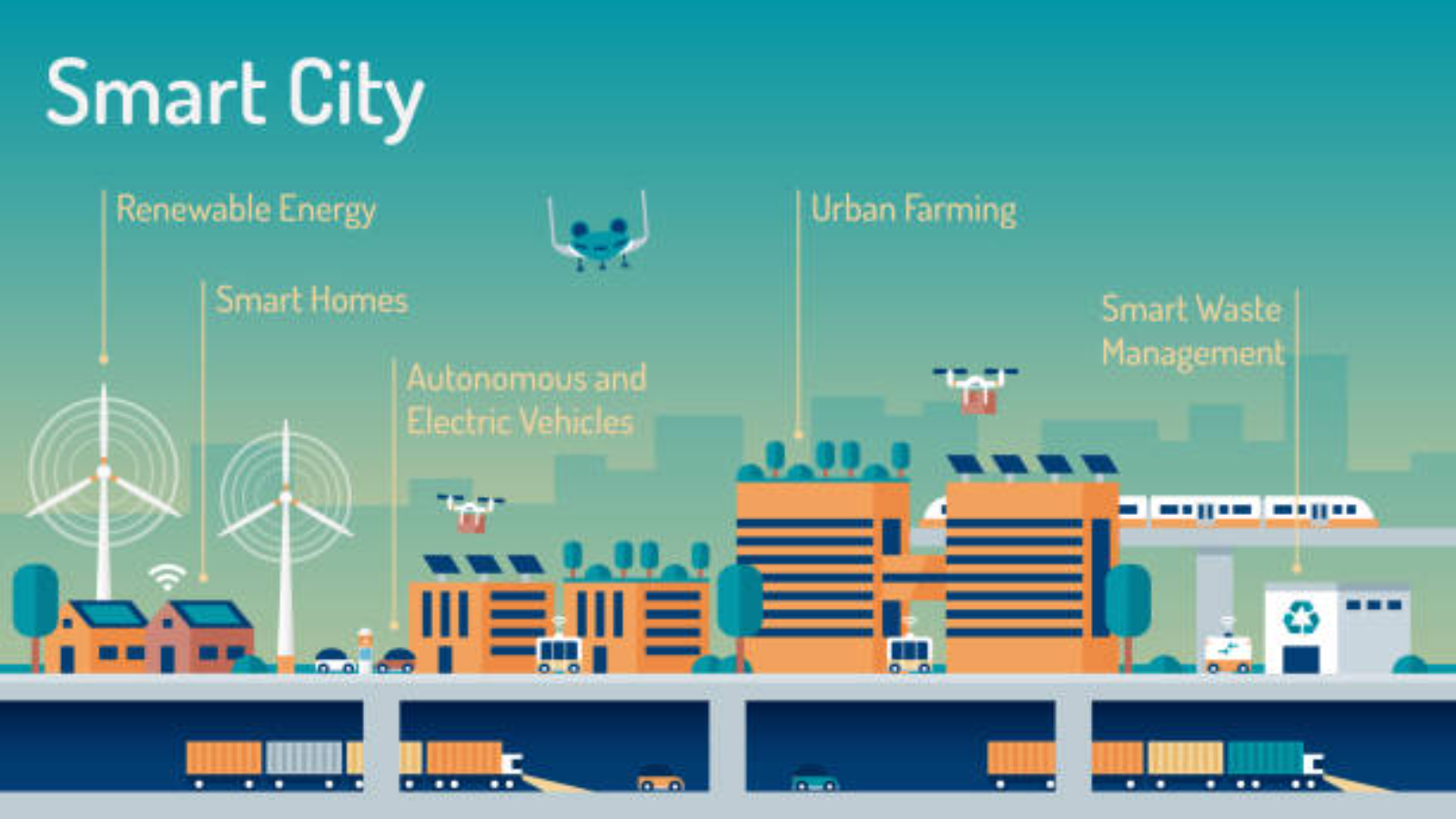In this Article
Introduction
The concept of smart cities has been gaining momentum across the globe, promising to revolutionize urban living through the integration of advanced technologies. The Indian government launched the Smart City Mission as one of the most significant initiatives in this realm. This article aims to delve into the specifics of when the Smart City Mission was launched, its objectives, and the impact it has had so far. By understanding these elements, we can better appreciate the transformative potential of smart cities.
Smart City Mission
The Smart City Mission was officially launched by the Government of India on June 25, 2015. This ambitious program aims to develop 100 cities across the country, making them more sustainable and citizen-friendly. Below are some key aspects of the Smart City Mission:
Objectives and Goals
The primary objective of the Smart City Mission is to promote sustainable and inclusive cities that provide core infrastructure and a decent quality of life to their citizens. This includes ensuring adequate water supply, electricity, sanitation, and efficient urban mobility, among other services. The mission also aims to drive economic growth and improve the quality of life by enabling local area development and harnessing technology, especially technology that leads to Smart outcomes.
Key Components
The mission focuses on several core components to achieve its goals. These include:
1. Area-Based Development
- Retrofit and Redevelopment: This involves the transformation of existing areas, including slums, into better-planned ones, thereby improving the overall quality of life. The idea is to retrofit or redevelop existing areas to make them more efficient and livable.
- Greenfield Development: This refers to the development of previously unused or underutilized land. It actively involves creating new areas planned and built from scratch to be smart and sustainable.
2. Pan-City Initiatives
These initiatives aim to deploy smart solutions to existing citywide infrastructure. For example:
- Smart Meters and Management Systems: Implementation of smart meters for water and electricity to ensure efficient usage and reduce wastage.
- Intelligent Traffic Management Systems: Deployment of intelligent traffic management systems to reduce congestion and improve traffic flow.
- Waste Management Solutions: Smart waste management solutions to ensure efficient collection, disposal, and recycling of waste.
3. Citizen Participation
One of the unique aspects of the Smart City Mission is the emphasis on citizen involvement. The mission encourages residents to actively participate in the planning and implementation processes, ensuring that the developed solutions meet their needs. This is achieved through:
- Citizen Engagement Platforms: Platforms that allow citizens to give feedback and suggestions on various aspects of city planning and development.
- Public Consultations: We regularly hold public consultations and workshops to ensure that residents’ voices are heard and considered in the decision-making process.
- Community Meetings: Collaborate with residents to discuss and implement smart city initiatives effectively.
4. Funding and Implementation
The funding for the Smart City Mission is a joint effort between the central and state governments, with additional contributions from urban local bodies and private sector investments. Each smart city actively implements the mission through a Special Purpose Vehicle (SPV) created specifically for this purpose. These SPVs are responsible for:
- Planning and Appraising: Planning and appraising the various development projects to ensure they meet the objectives of the mission.
- Approving and Releasing Funds: Approving and releasing the necessary funds for the implementation of the projects.
- Implementing and Managing: Implementing and managing the development projects ensures they complete on time and within budget.
- Monitoring and Evaluating: Monitoring and evaluating the progress of the projects to ensure they meet the desired outcomes.
5. Impact and Progress
Since its launch in 2015, the Smart City Mission has made significant strides in transforming urban landscapes across India. Some of the notable achievements include:
- Improved Infrastructure: Many cities have seen significant improvements in their infrastructure, including better roads, improved public transport, and enhanced water and electricity supply systems.
- Increased Use of Technology: The mission has led to increased use of technology in various aspects of city management, including traffic management, waste management, and public safety.
- Enhanced Quality of Life: The various initiatives under the mission have led to an enhanced quality of life for the residents, including better living conditions, improved public services, and increased economic opportunities.
Conclusion
The Smart City Mission launched by the Government of India in 2015 aims to transform urban landscapes through sustainable development, enhanced infrastructure, and technology integration. By improving quality of life and fostering economic growth, this initiative promises a future where innovation and sustainability drive prosperity and inclusivity.
How Can We Help?
At AlphaX, we understand the complexities and challenges involved in developing smart cities. Our comprehensive ecosystem actively provides innovative solutions that effectively address these challenges. From smart infrastructure to citizen engagement platforms, we offer a range of services that can help you achieve your smart city goals. For more information on how we can assist you, please visit our contact page.
References
Related Blog Posts
How Smart Cities Connect: Getting Started with Edge AI and IoT Technology
How to Get Started with Edge AI and IoT Technologies in Smart Cities: Overcoming Integration Challenges In recent years, the concept of smart cities has evolved from a futuristic Read More
5 Step Strategy: Ensuring Security and Privacy in 15-Minute Smart Cities
Introduction Ensuring security and privacy in 15-minute smart cities is a critical challenge as urban areas become increasingly connected through IoT and edge AI technologies. These cities aim to Read More
What is a smart city and the challenge of legacy systems
How to Get Started with Integrating Legacy Systems in Smart Cities Smart cities are transforming urban landscapes by leveraging technology to improve the quality of life for residents. However, Read More




